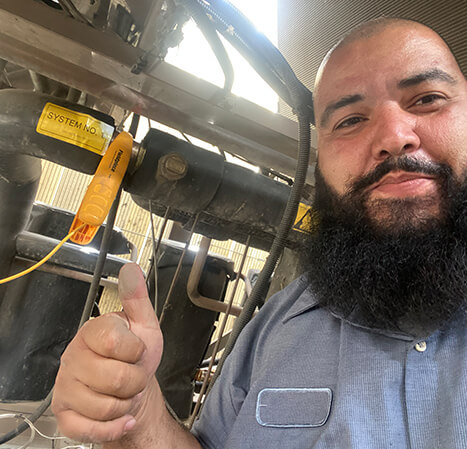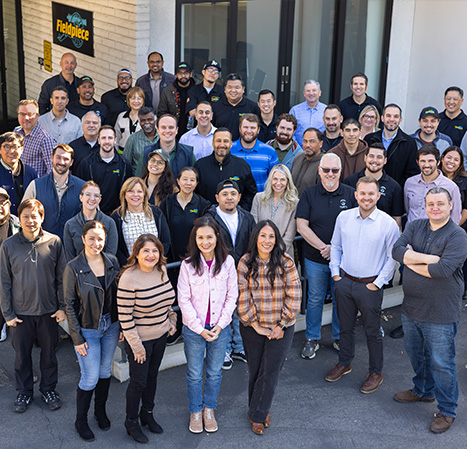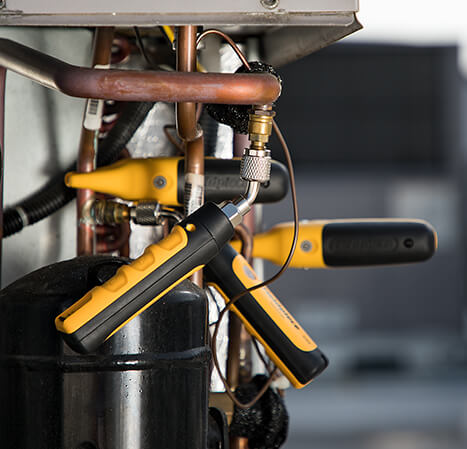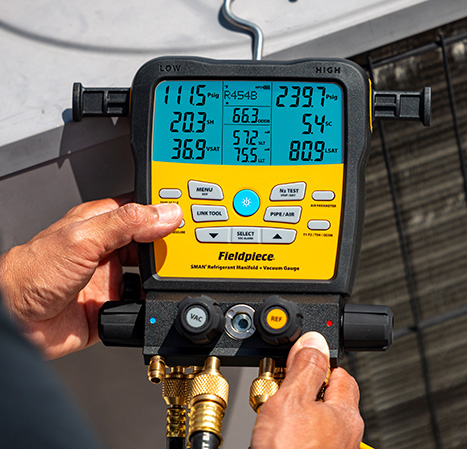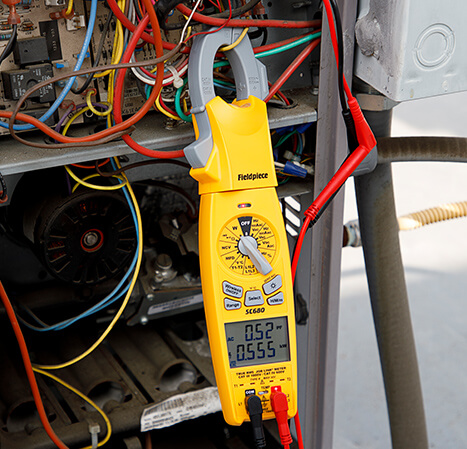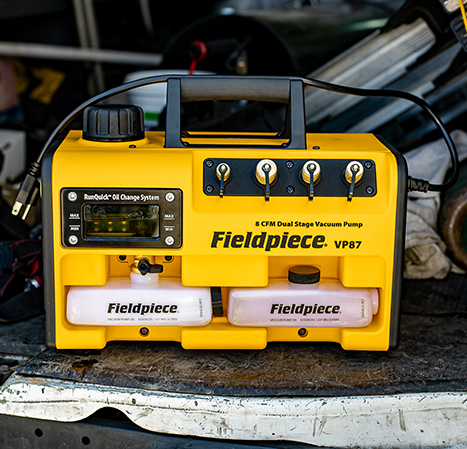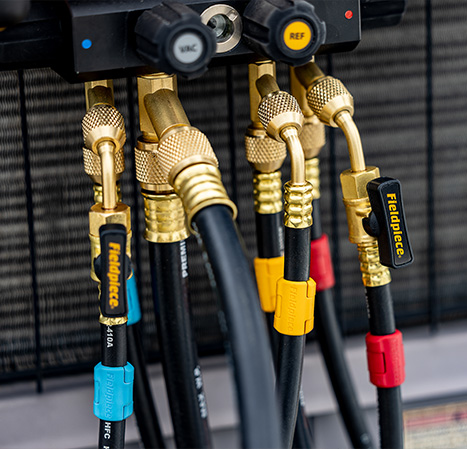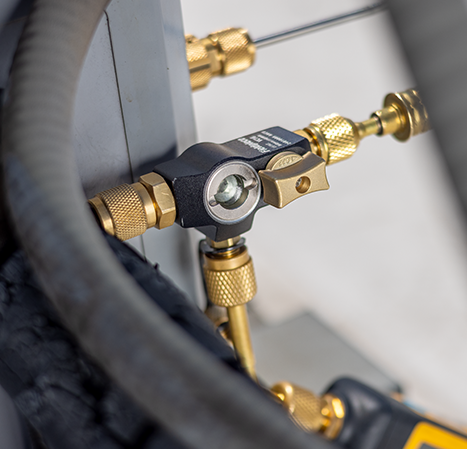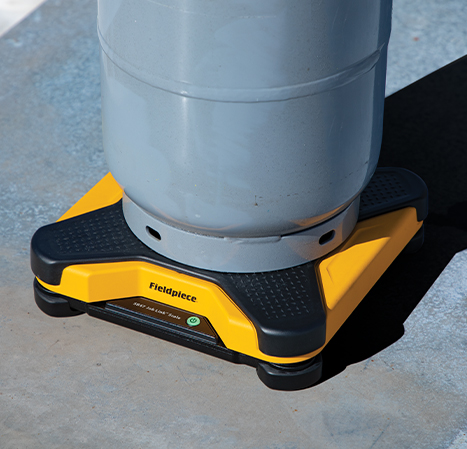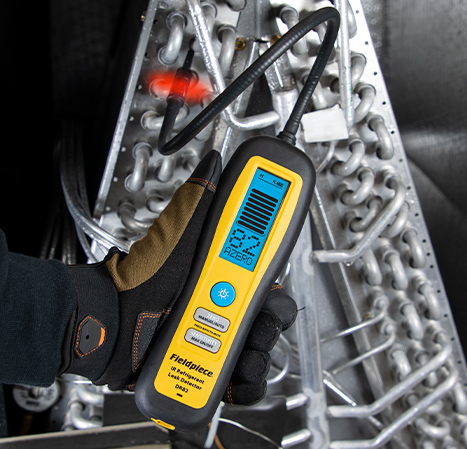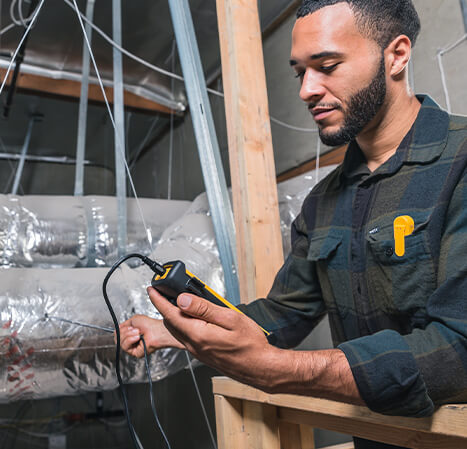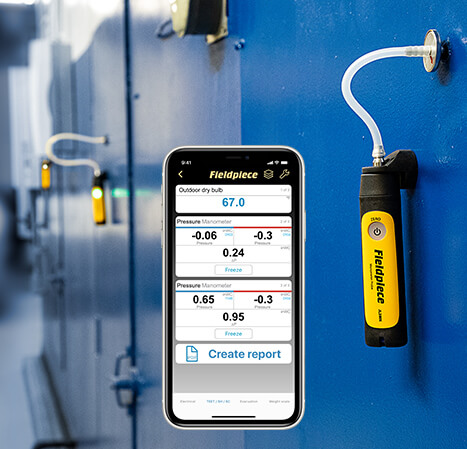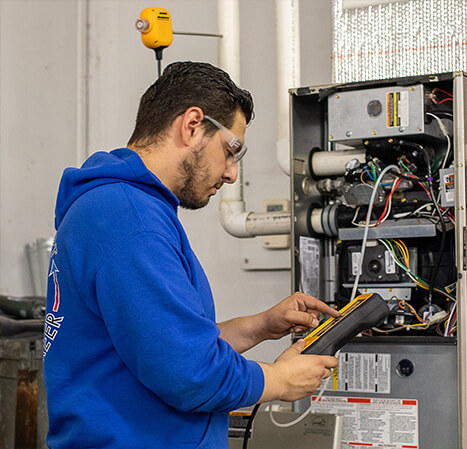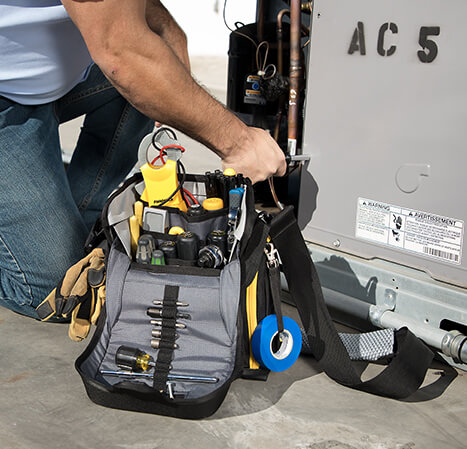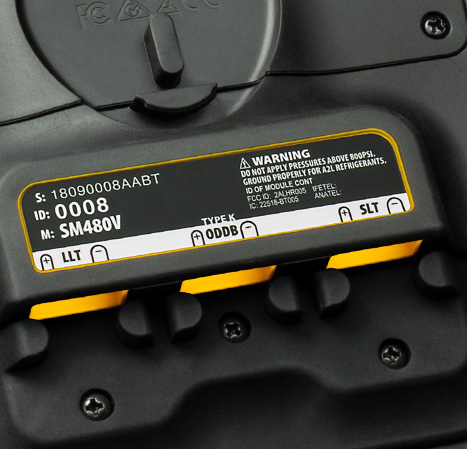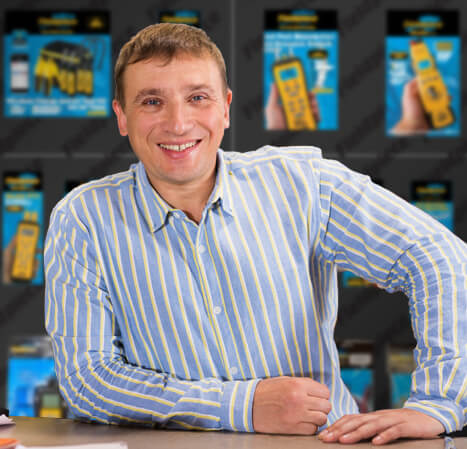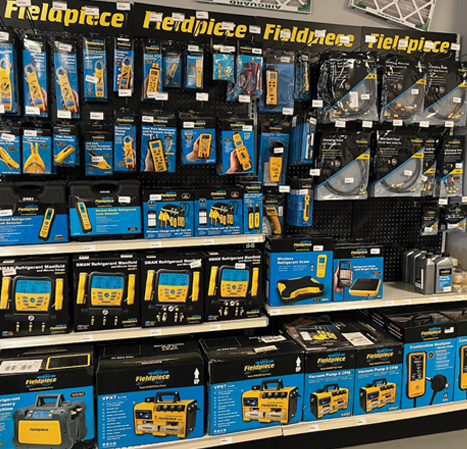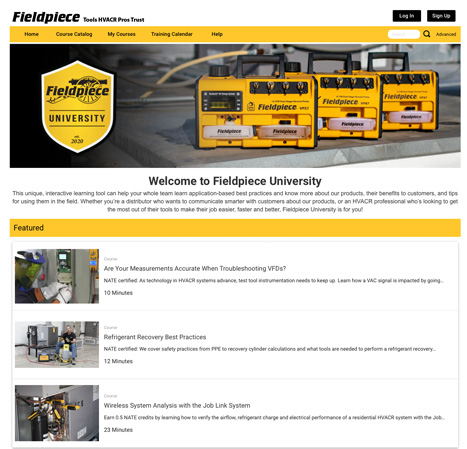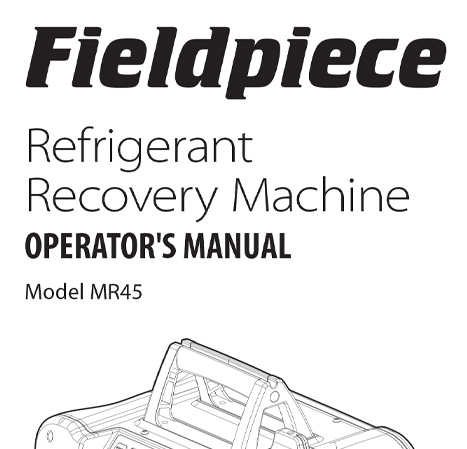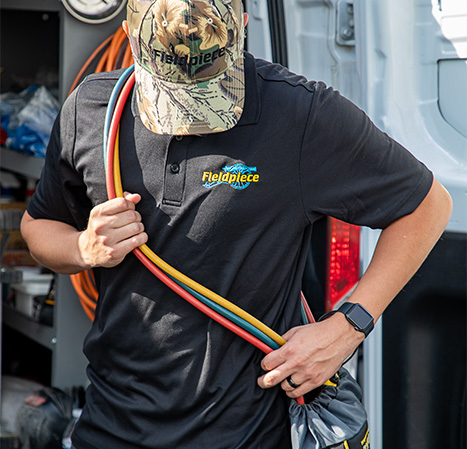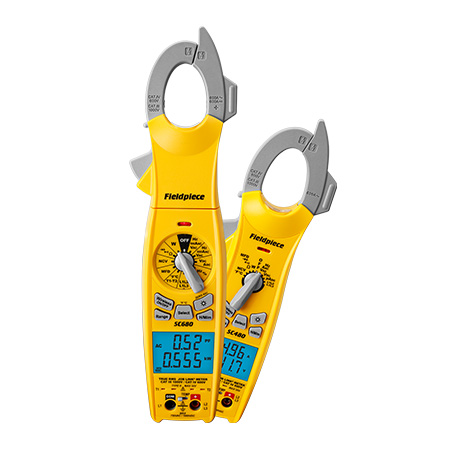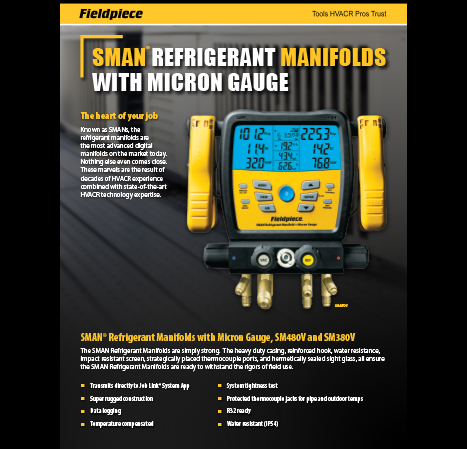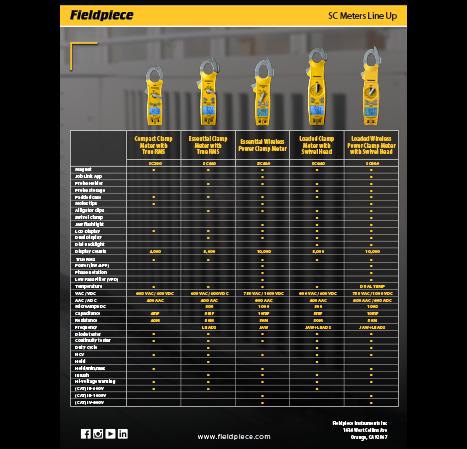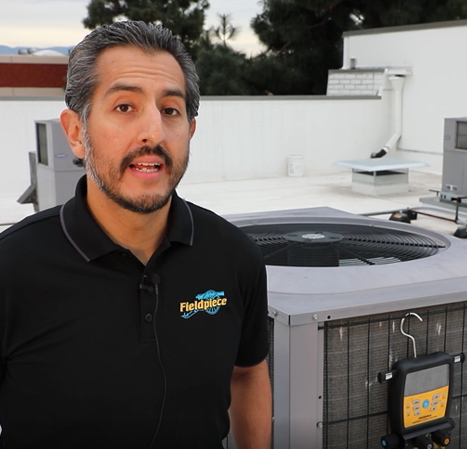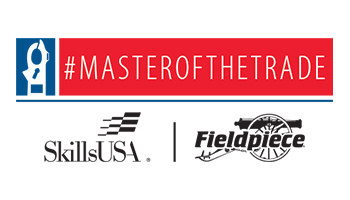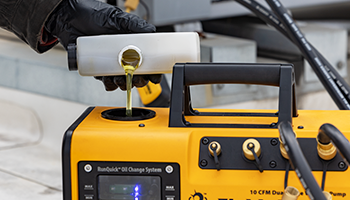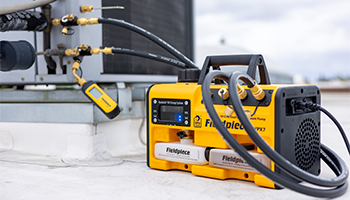Recipients Awarded $2,500 Each Toward HVACR Careers; Fieldpiece to Award Additional $10K at 2024 SkillsUSA National Leadership & Skills Conference
ORANGE, CALIF. (May 22, 2024) — Fieldpiece Instruments, a leader in test instruments and tools for HVACR professionals for over 30 years, is proud to announce the winners of the third annual #MasteroftheTrade program. This year, six deserving students have been selected to receive $2,500 each to fund their continued education in the heating, ventilation, air conditioning and refrigeration (HVACR) trade or the option of an in-kind tool donation to jumpstart their careers.
Administered through SkillsUSA, the #MasteroftheTrade program aims to bridge the talent gap in the U.S. labor market for HVACR technicians by providing financial support to individuals pursuing a future in the industry. The winners of this program demonstrate exceptional skill, passion and dedication to their craft, embodying Fieldpiece’s spirit of excellence.
“We are thrilled to give back to our industry by awarding tuition or tools to these up-and-coming HVACR professionals,” said Tony Gonzalez, director of training at Fieldpiece Instruments. “There is a common thread of curiosity, problem-solving skills, understanding of craftmanship and desire to embrace challenges among the selected recipients that ensures a bright future in HVACR. Congratulations to this year’s winners!”
The six accomplished SkillsUSA students selected to receive the 2024 #MasteroftheTrade award are:
- Cole Kelly from Billerica, MA
- Colton Rentschler from Sinking Spring, PA
- Cadin Blais from Watertown, SD
- Mohamed Deyab from Harlingen, TX
- Peyton Hoenig from Asheboro, NC
- John Chaney from Knoxville, TN
ABOUT SKILLSUSA: SkillsUSA is a nonprofit partnership of education and industry founded in 1965 to strengthen the nation’s skilled workforce. Driven by employer demand, SkillsUSA helps students develop necessary personal and workplace skills along with technical skills grounded in academics. This SkillsUSA Framework empowers every student to succeed at work and in life while helping to close the skills gap in which millions of skilled trade positions go unfilled. Through SkillsUSA’s Championships program and curricula, employers have long ensured schools are teaching relevant skills, and with SkillsUSA’s new credentialing process, they can now assess how ready potential employees are for the job. SkillsUSA has nearly 400,000 members nationwide in high schools, colleges and middle schools, covering over 130 trade, technical and skilled service occupations. SkillsUSA is recognized by the U.S. departments of education and labor as integral to career and technical education. It has served nearly 14.2 million members since 1965. For more information, visit: www.skillsusa.org.
# # #
 English
English French
French Spanish
Spanish

